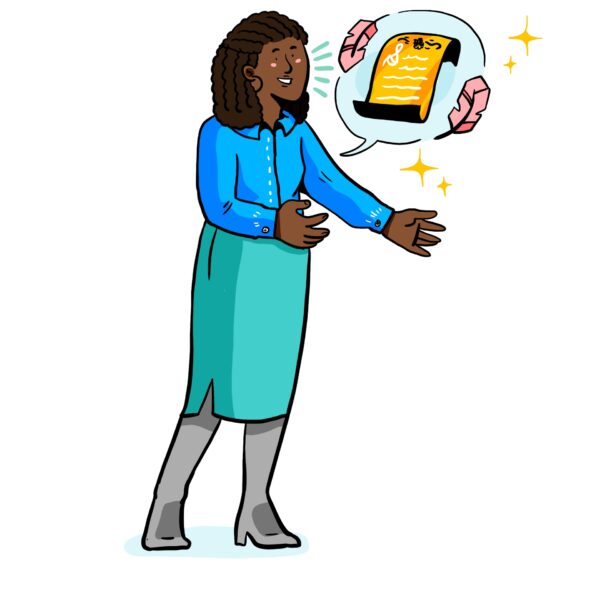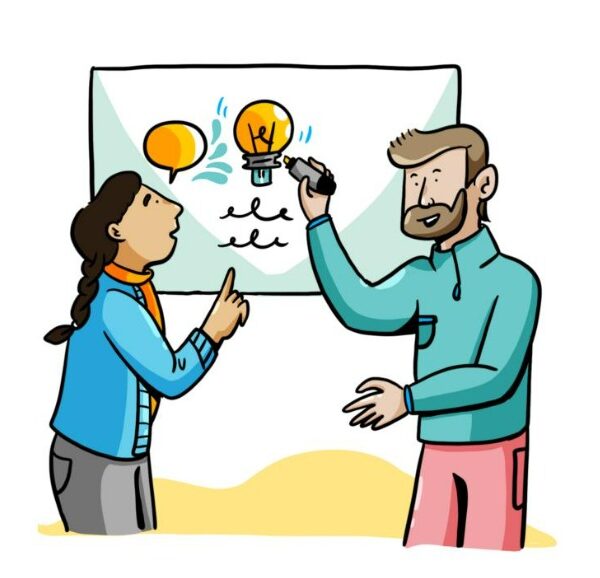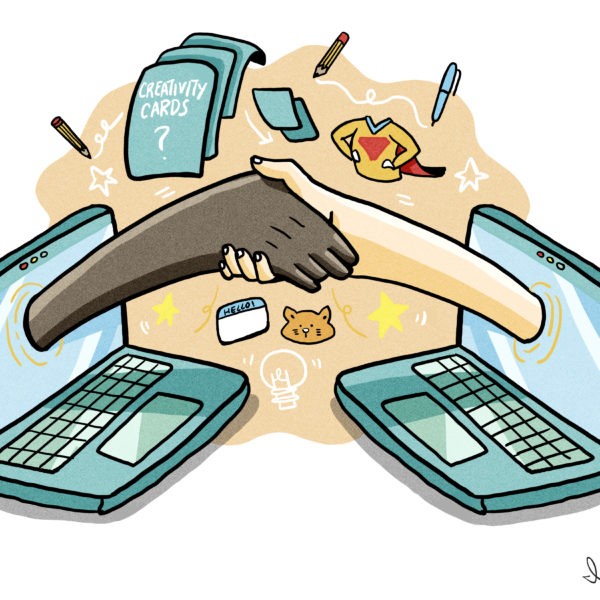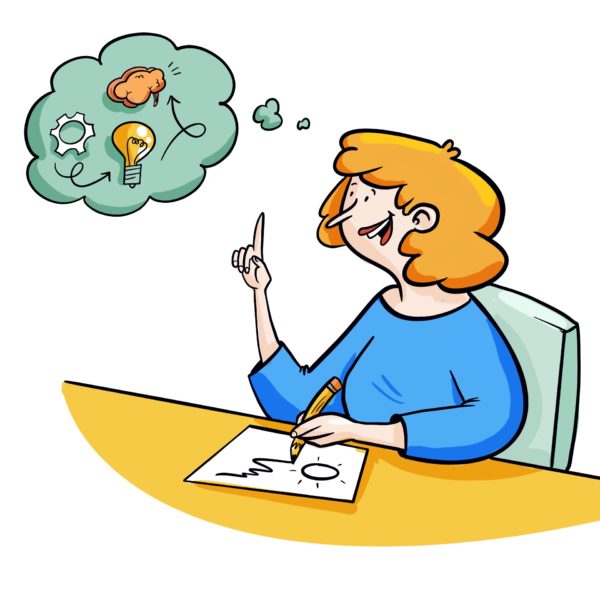(Tips from the pros at ImageThink for better note taking)
Visual note taking, or graphic recording, has been our cornerstone service offering since ImageThink was founded in 2009. To this day, clients old and new are wowed by the truly transformative power of thinking and working visually. We’re often asked, “What are your tips for better note taking?”
The following seven tips come directly from ImageThink’s team of trained visual strategists. While you may not find yourself recreating their level of detailed illustration, we promise that these practices will result in better note taking and more actionable, memorable, and useful notes.
Want to learn more about Visual Strategy?
Read on for our seven tips.
1. KNOW YOUR AUDIENCE
A few things to consider as you read: First, what’s the purpose? Are you acting as a stenographer? Are you taking minutes for distribution? Are these notes for yourself? Knowing the audience is key for capturing the right information, and what may be helpful for group distribution, or a high-level executive summary may be different than what you find useful for yourself.
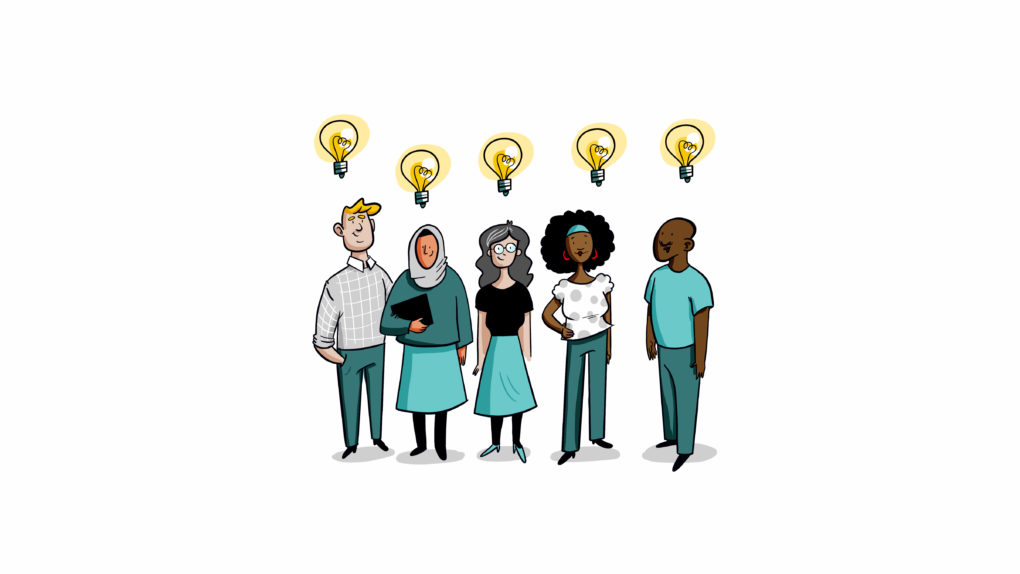
2. NOTES ≠ MINUTES
Second, remember that the goal of notes is to remind people of key ideas and conversations, not tell people every detail. Technology these days is sophisticated enough to capture full meetings word for word, and even transcribe audio or video calls. Notes serve a different purpose, combining physical movement, focus, and trained listening to change the way you’re participating in a meeting, and more importantly encouraging you to revisit ideas later on.
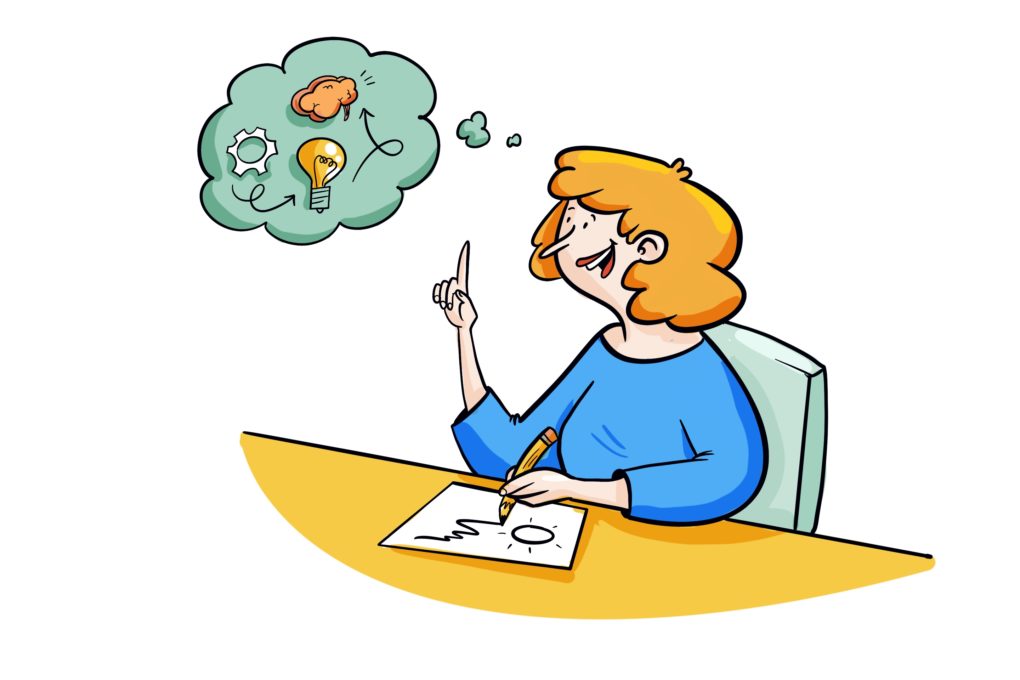
3. CHOOSE YOUR MEDIUM (BETTER NOTE TAKING STARTS HERE)
Note taking is not one-size-fits-all. While some methods like shorthand or APA outlining have express rules, most situations allow for completely freeform note taking. With that in mind, follow your note taking bliss. Pen, pencil, in a notebook, on a tablet, in a notes app, or using a keyboard; use the tool you prefer. This guide will focus more on hand-written notes, but whatever works for you is fine with us.
4. DON’T TRY TO CAPTURE EVERYTHING
The most common mistake our visual strategists see in other notetakers is that they try to capture everything. Literally. Not only is it an arduous and impossible task but trying to catch every word usually results in missing the big picture. You may be hearing more, but you’re listening and thinking less.
A delight in better note taking is that you can throw grammar away: Use phrases, bullets, and arrows, rather than full sentences. Note taking isn’t dictation, but a memory device. Better note taking requires better listening. Try and listen for key ideas and focus on those. You’ll remember details and can fill them in later, or determine they are less important.
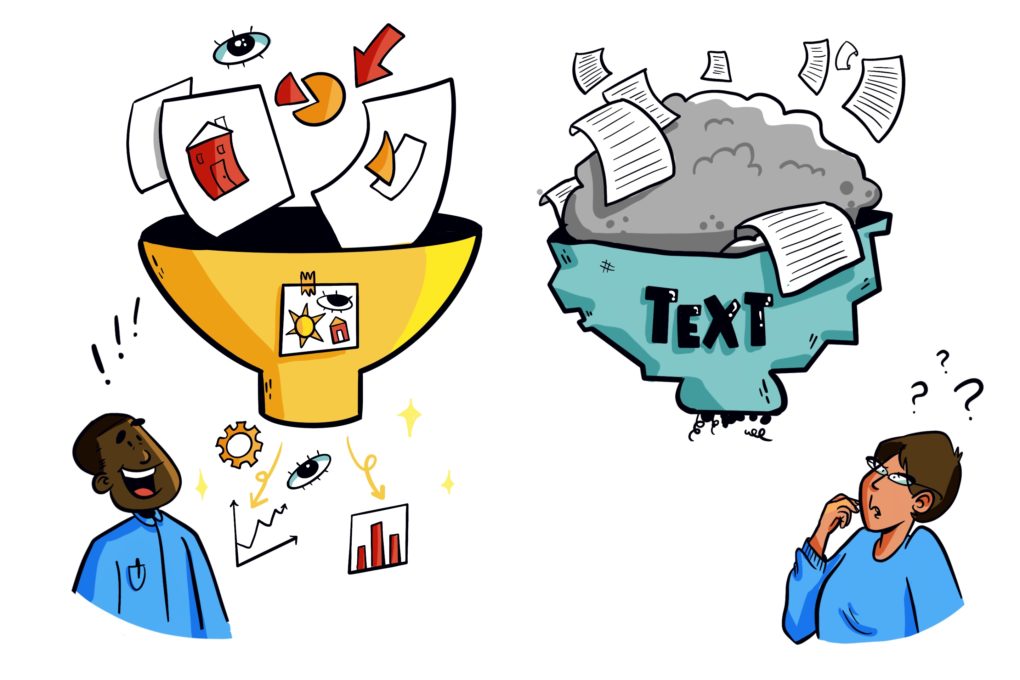
5. HAVE A PLAN FOR ORGANIZATION
One of the classic pitfalls of freehand note taking is the lack of structure. You’ll save yourself a lot of frustrating erasing, re-writing, and arrow-drawing if you decide on an organization method early. The easiest and most obvious place to start is with chronology; follow the meeting in order as you work down the page, paying attention to the clock so you know roughly how much time for discussion (and therefore how much paper) remains. If you have an agenda, use topics as note sections.
If you’re trying to keep track of who said what, use initials and keep a key. Alternatively, use columns or sides of page to track who is responsible for each idea. Speaking of responsibility, make room for action items and owners – this has to be a part of EVERY note page. Capturing ideas is great, but without next steps, even the best recorded meetings will go nowhere.
Struggling to fit it all in? Use sticky notes with blank computer paper or notebook pages as a way to reorganize on the fly while you practice.
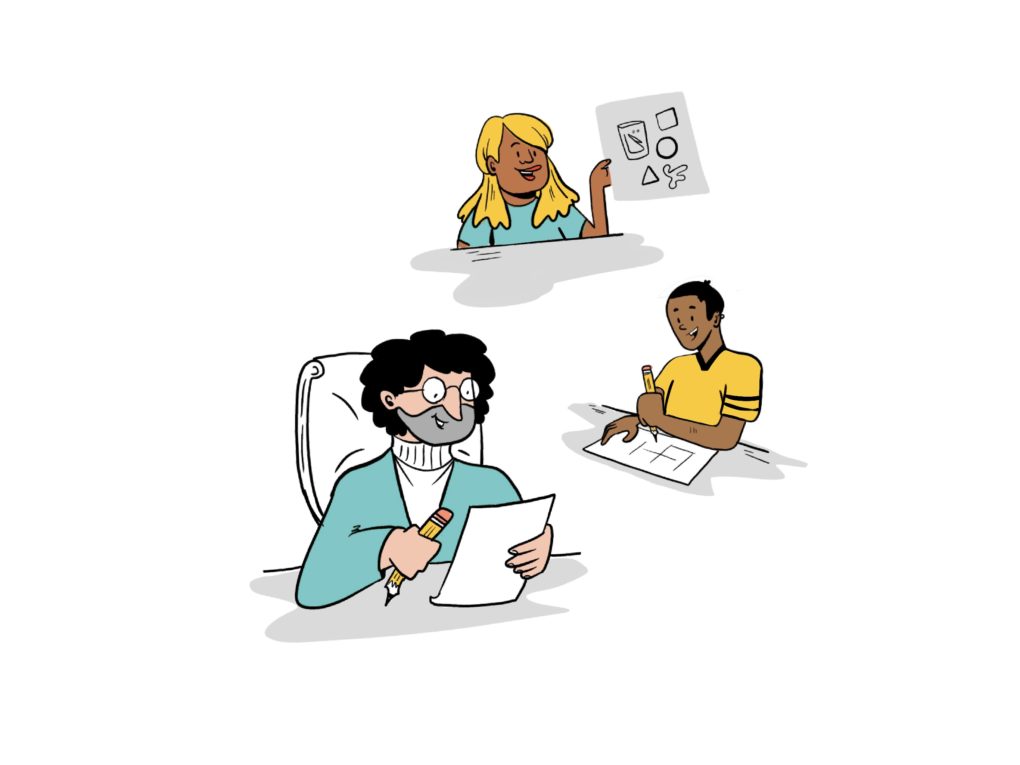
6. USE PICTURES AND ICONS FOR BETTER NOTE TAKING
This one should be a gimme, coming from us, but to put it in writing, USE PICTURES! Visuals are a shortcut to the brain, utilizing easily recognized and associated objects and items to represent much more complex ideas. You don’t need to be an artist; no matter detailed or rudimentary, using shapes, faces, stick figures, can save you time both in the writing and the reading of notes. The sillier or less literal, the better. Again, note-taking isn’t all about the literal. It’s a tool for memory. We remember stuff that stands out, is clever, or makes us laugh.
7. KNOW HOW TO MAKE IT POP
Even if you do your best to synthesize and tighten and organize things as you go, there are going to be key points you want to highlight and make stand out. Use tools like underlining, highlighting, and “bolding” with tracing or a marker to create headlines or points of visual interest. You can also Use size as a way of highlighting. Block lettering for titles and big ideas.
You can also use colored pens to write ideas or to “box” things off. Just be sure to have clear, consistent rules. For examples, only use bright warm colors for the highlights. Stick to 1 or 2 colors to when you’re starting out. Same with cursive or fancy font for short phrases. Longer phrases or tougher info in a more traditional “font.”
